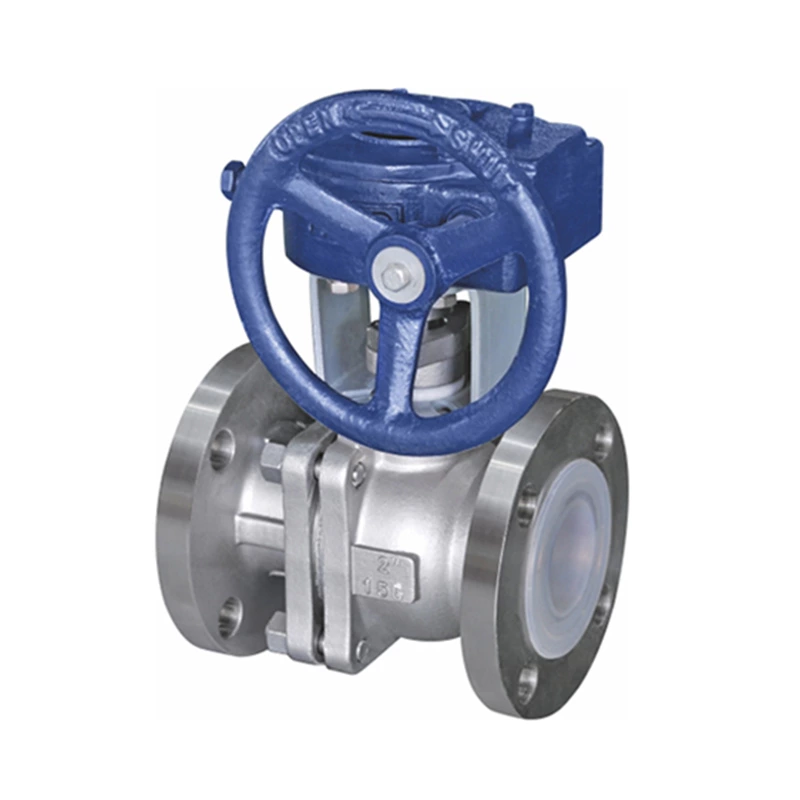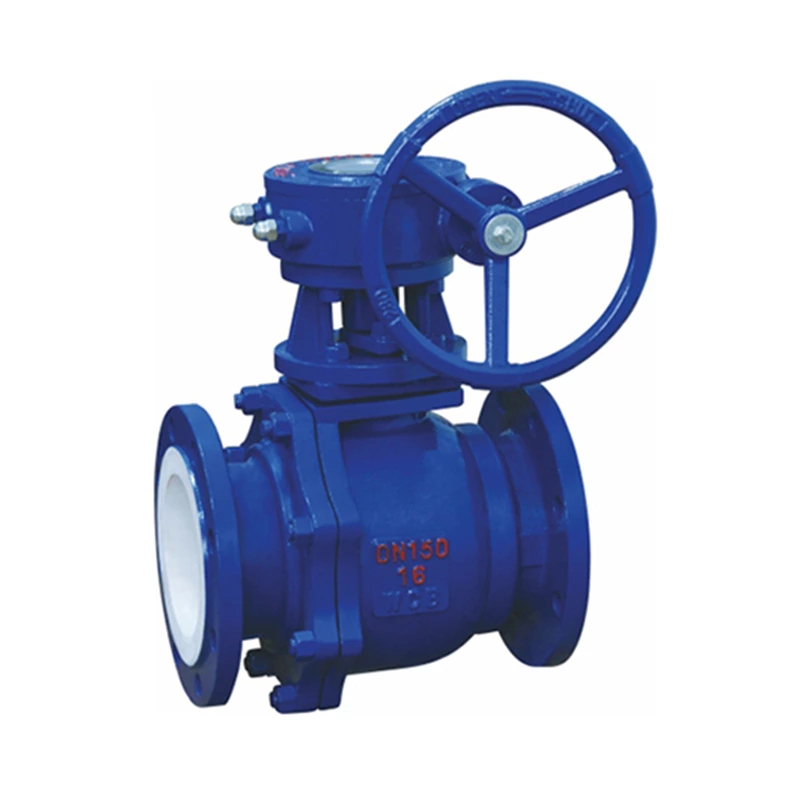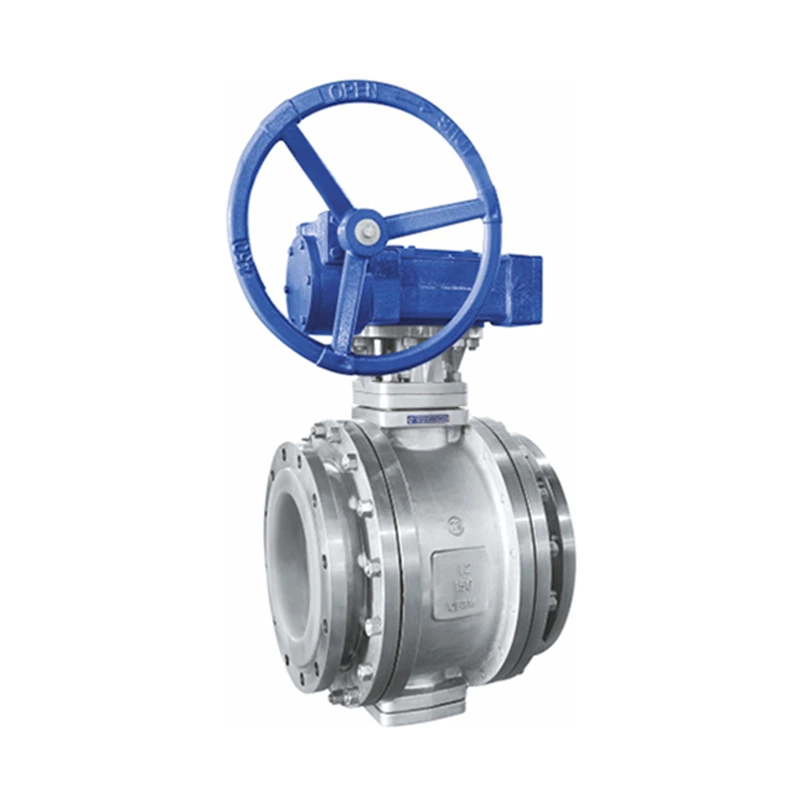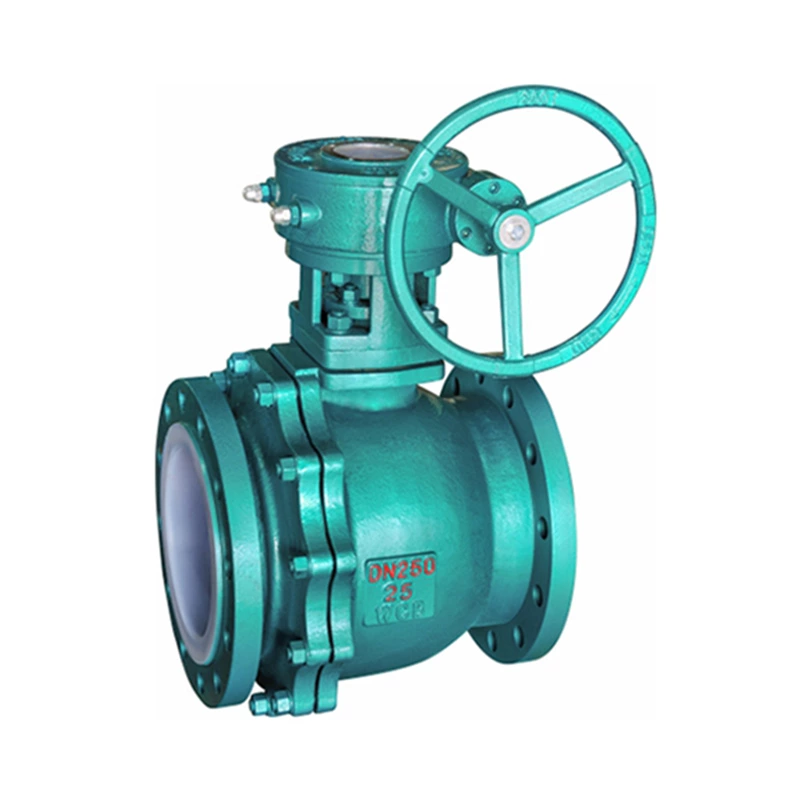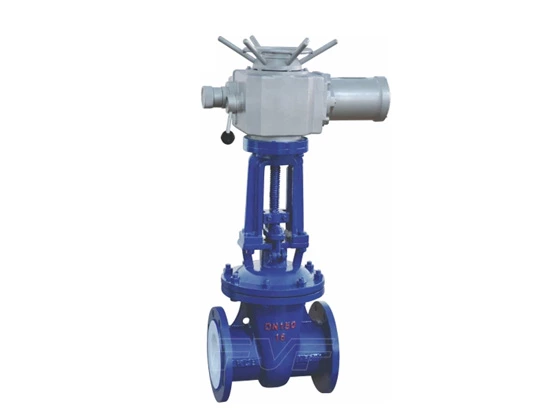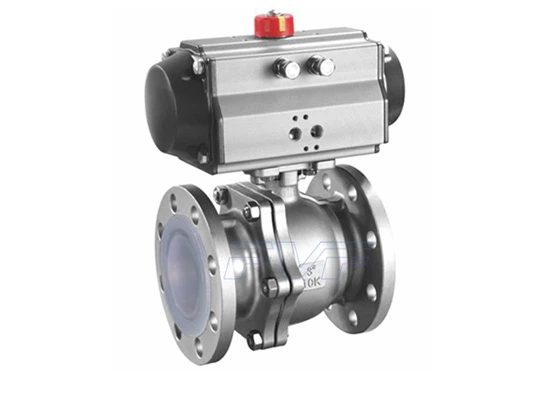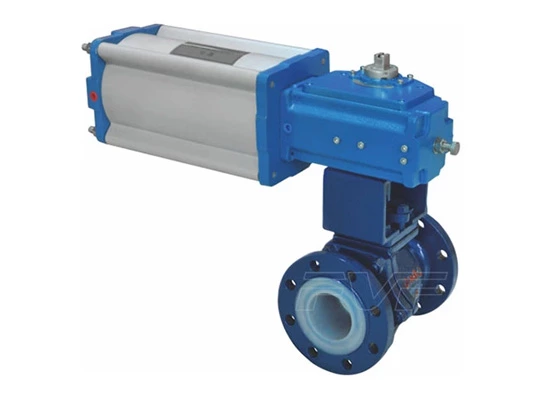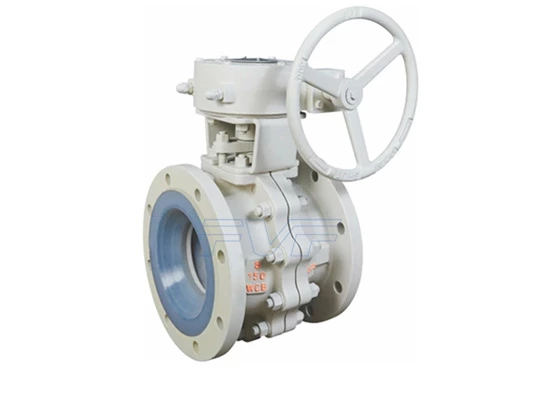Daily Inspection And Maintenance Of Control Valves
1. Eliminate stress. Various stresses are caused by improper installation or combination. For example, high-temperature media produces thermal stress, and tightness during installation. Unbalanced fixing force causes stress, etc. The unbalanced stress acts on the regulating valve, causing the Lined Valve stem and guide to deform, and it cannot be properly aligned with the valve seat, causing leakage, increased variation, etc. Therefore, stress elimination maintenance work should be carried out in daily maintenance.
2. Remove rust and dirt. Regularly check whether there is rust, welding slag, dirt, etc. in the connecting pipe of the regulating valve, and remove them in time after discovery. Because these dirt will cause wear of the regulating valve core and valve seat, affecting the normal operation of the regulating valve. Usually, a filter device such as a filter screen can be installed in front of the regulating valve and cleaned regularly.
3. Check the regulating valve support. The regulating valve support keeps the various components of the regulating valve in a position that is not affected by gravity, etc. If the support is improper, the regulating valve stem and valve seat cannot be aligned, which increases the variation and reduces the sealing performance. Therefore, the regulating valve support should be checked for appropriateness.
4. Remove dirt from the energy supply such as air source and hydraulic oil. Air source and hydraulic source are the energy sources for the operation of the regulating valve. Impurities contained in the compressed air and hydraulic oil for instruments will block the throttle holes and pipelines, causing failures. Therefore, it is very important to regularly check the air source and hydraulic oil and regularly drain the filter device.
5. Inspection of gear transmission devices. The gear transmission devices of handwheel mechanisms, electric actuators and hydraulic actuators should be regularly inspected and lubricants should be added to prevent biting. Check whether the brake and limit devices are flexible and easy to use.
6. Stuffing box inspection. The wear and clamping force of the packing should be checked, and the stuffing box should be replaced regularly to ensure that the packing can reduce the impact of its friction while sealing. Lubricating oil should not be added to the stuffing box without oil lubrication.
7. Inspection of safe operation. The safe operation of the regulating valve and related accessories used in explosive hazardous places should be checked, for example, whether the sealing cover is tightened, the operation of the safety barrier, the power supply, etc., to ensure that the regulating valve and related accessories can operate safely.
8. Transportation and storage. During transportation and storage, the regulating valve should be fixed with a special bracket to prevent loosening; the relevant accessories installed on the regulating valve, such as the valve positioner, handwheel mechanism, etc., should be firm, and the feedback rod and other components connected to the regulating valve should be prevented from being damaged by external forces; each connection interface should be sealed with a plastic film to prevent foreign objects from intruding; the connection port of the regulating valve can be sealed with a matching flange and a blind plate, or with sticky paper to prevent foreign objects from intruding. A sturdy wooden box should be installed during transportation, and measures should be taken to prevent the influence of adverse transportation environmental conditions such as wind, sand, rain and dust. The environmental conditions for transportation and storage should meet the requirements of the product manual.
